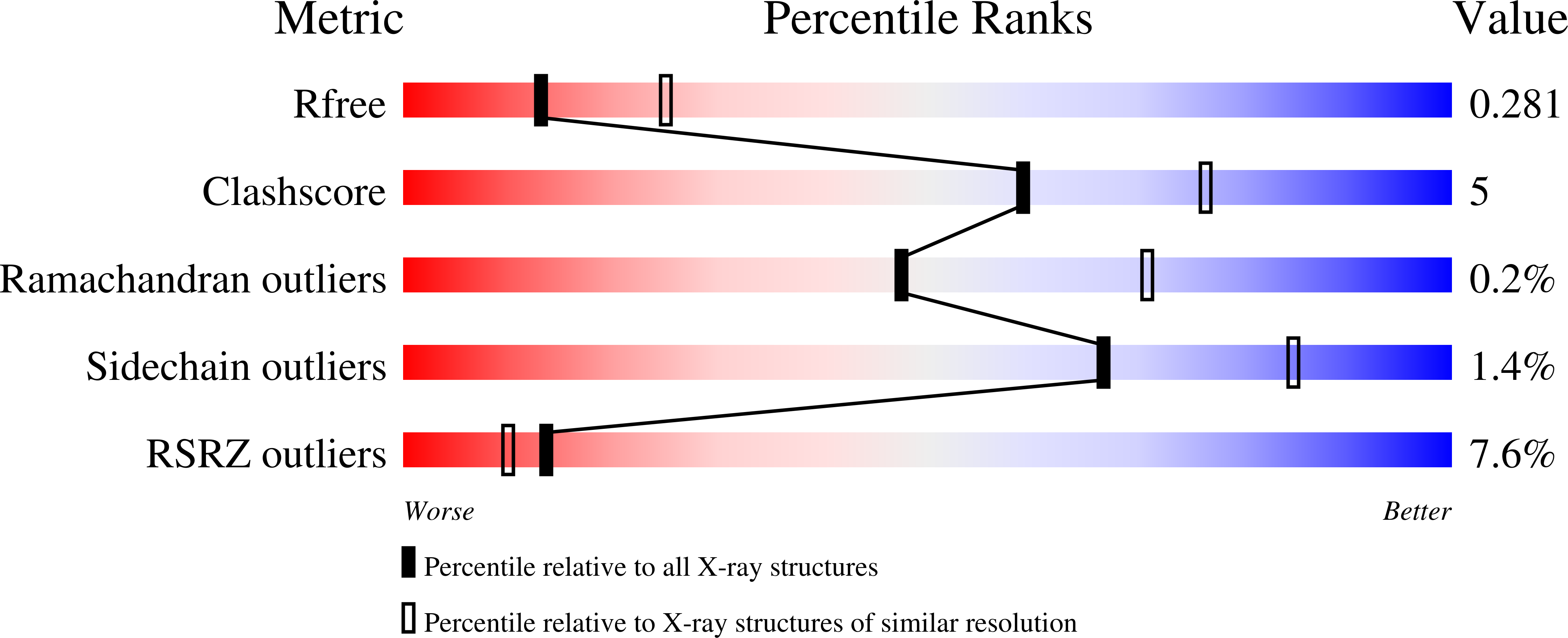
Deposition Date
2022-06-13
Release Date
2023-06-28
Last Version Date
2023-10-25
Entry Detail
PDB ID:
8DAF
Keywords:
Title:
Human SF-1 LBD bound to synthetic agonist 6N-10CA and bacterial phospholipid
Biological Source:
Source Organism:
Homo sapiens (Taxon ID: 9606)
Host Organism:
Method Details:
Experimental Method:
Resolution:
2.59 Å
R-Value Free:
0.28
R-Value Work:
0.22
R-Value Observed:
0.22
Space Group:
P 31 2 1


